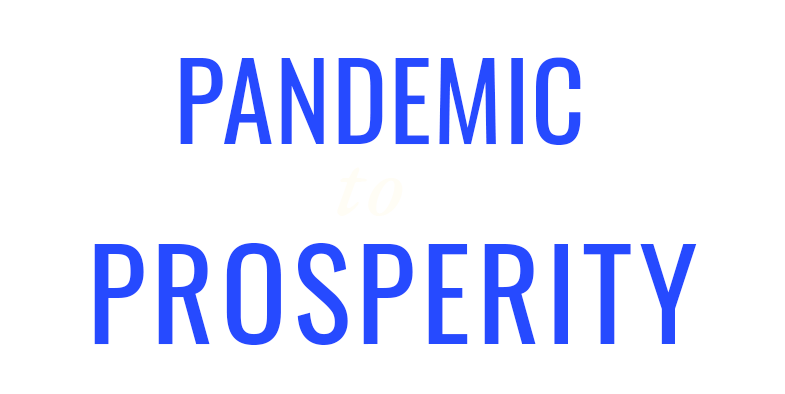Student Loan Debt
Before Covid hit, 1 in 5 U.S. families were saddled with student loan debt. Black households were most likely to have student loan debt at 30% – up from 12% in 1989.
Education installment loans, 1989 - 2019
Percent of households holding education loans by race/ethnicity
Source: Survey of Consumer Finances
In March 2020, the federal government paused student loan repayments in response to the economic toll of the pandemic. The pause on student loan payments saved borrowers an average of $393 a month, an essential support as many struggled with unstable income over the course of the pandemic. Once student loan payments resume, it is estimated that roughly 18 million borrowers will lose $85.5 billion of their income annually.1 This impact falls disproportionately on Black households, of whom 30% held student loan debt in 2019.
Under an income-driven repayment (IDR) plan, many borrowers’ student debt continues to mount because payments don’t cover monthly interest. One Black borrower accepted $24,000 in loans in 1990, yet after making 31 years of payments, owes $125,000 today — their story is not unusual.2 A 2020 study by the American Council on Education revealed that twelve years after beginning college, Black graduates with a bachelor’s degree owed 115% of their original loan amount, while Hispanic graduates owed 80% and white graduates owed 51%.3 And while the IDR program promises loan forgiveness after 20 years of payments, only 32 people have actually received loan cancellations out of at least 2 million eligible.4
A study of CUNY graduates with a bachelor’s degree found that, by age 30, Black and Hispanic graduates were more likely to have student debt and less likely to hold mortgages than white graduates, suggesting that student debt is also delaying homeownership, a primary means of building wealth in the U.S.5 Though higher education was promised to close the racial wealth gap, student loan debt has contributed to widening it.6 While the U.S. Department of Education has taken steps towards addressing these historical failures, more substantial policy responses such as student loan debt cancellation up to $50,000 per borrower would immediately increase the wealth of Black Americans by an estimated 40%, while adding $174 billion to the nation’s GDP in the first year.1,7
“How Canceling Student Debt Would Bolster the Economic Recovery and Reduce the Racial Wealth Gap”. Bustamante. Roosevelt Institute. December, 2021. https://rooseveltinstitute.org/2021/12/08/how-canceling-student-debt-would-bolster-the-economic-recovery-and-reduce-the-racial-wealth-gap/
“Jim Crow Debt: How Black Borrowers Experience Student Loans”. The Education Trust. October, 2021. https://edtrust.org/wp-content/uploads/2014/09/Jim-Crow-Debt_How-Black-Borrowers-Experience-Student-Loans_October-2021.pdf
“Undergraduate Debt and Student Loan Payment”. Taylor, Turk, Chessman, and Espinosa. American Council on Education. http://1xfsu31b52d33idlp13twtos-wpengine.netdna-ssl.com/wp-content/uploads/2020/11/REHE-2020-Chapter-5-individual.pdf
“Education Department’s Decades-Old Trap: How the Mismanagement of Income-Driven Repayment Locked Millions in Debt”. Student Loan Protection Center. March, 2021. https://protectborrowers.org/wp-content/uploads/2021/03/IDR-Brief-NCLC-SBPC.pdf
“Uneven Distribution of Household Debt by Gender, Race, and Education”. Avtar, Chakrabarti, and Chatterji-Len. Federal Reserve Bank of New York. November, 2021. https://libertystreeteconomics.newyorkfed.org/2021/11/uneven-distribution-of-household-debt-by-gender-race-and-education/
“Student loans, the racial wealth divide, and why we need full student debt cancellation”. Perry, Steinbaum, and Romer. Brookings. June, 2021. https://www.brookings.edu/research/student-loans-the-racial-wealth-divide-and-why-we-need-full-student-debt-cancellation/
"Department of Education Announces Actions to Fix Longstanding Failures in the Student Loan Programs". U.S. Department of Education. April, 2022. https://www.ed.gov/news/press-releases/department-education-announces-actions-fix-longstanding-failures-student-loan-programs

